Calculating Retirement Savings: Retirement Calculator Guide
Throughout our working lives, we dutifully set money aside for retirement, whether through a 401(k), traditional IRA or Roth IRA, or other savings strategy. The goal, of course, is to have enough savings to retire when we want and finally do the post-work things we’ve long-planned for (and maybe dreamt about).
There’s much to consider when determining how much you need to save for retirement – your retirement goals, daily expenses, potential medical costs, and more.
Have you used our retirement calculator to determine how much you’ll have per month in retirement (if not, we recommend it). But how does that calculator work? Let’s break down the different categories, and how they function together.
Current Income
This is your current individual annual income. Depending on where you are in your career, this number could fluctuate, so you may want to try adjusting it to see how it impacts your savings need. Just try to be realistic about your annual earnings, so you get the most accurate projection possible.
Years to Retirement
Set this slider to the number of years you have left before your preferred retirement date. Note that of all of the categories in the retirement calculator, this one is the most flexible. If your ideal retirement date doesn’t produce your desired monthly income, you may need to delay retirement a couple years, or work with one of our financial professionals to change your investment strategy.
Current Retirement Savings
This is the total amount, to date, that you have saved for retirement. This should include all sources of retirement savings, such as 401(k)s, IRAs and annuities.
Employer + Employee Contribution
This describes the total combined percentage of your retirement contribution, plus that of your employer. This percentage often changes throughout the course of our careers. As with salary, try to set a current or realistic future contribution.
Investment Style
You’ll commonly hear advisors discuss investment styles within three categories: conservative, moderate, or aggressive. The styles indicate the mix of investments you have (stocks, bonds or cash), determined by several factors including age, risk tolerance and years to retirement.
Remember that a retirement calculator produces estimates only. It’s a good way to gauge your needs and develop an appropriate strategy for retirement saving, but it can’t predict every factor that will impact your post-work goals. To learn more about retirement planning, visit our Retirement Planning page or schedule a meeting.

